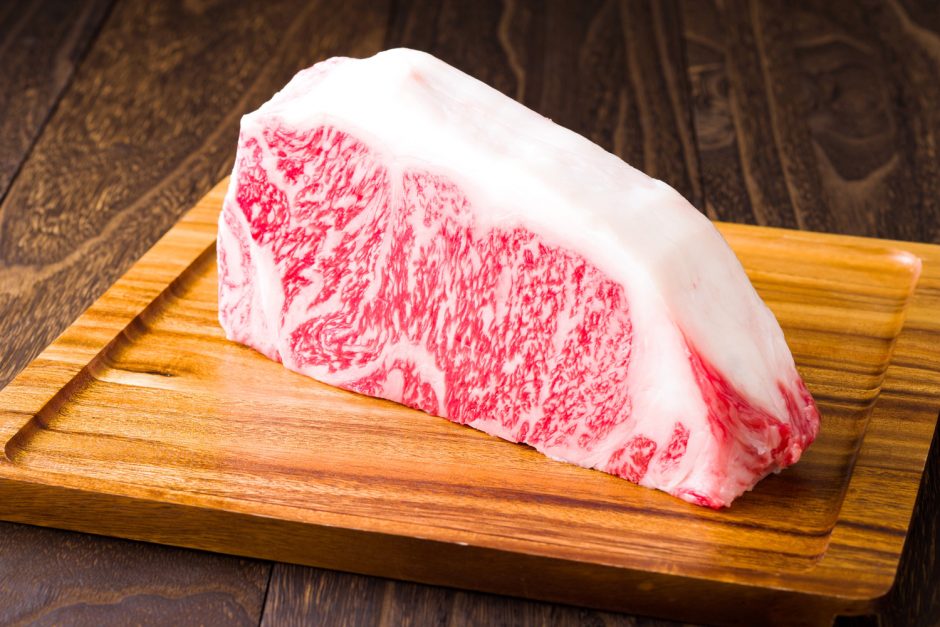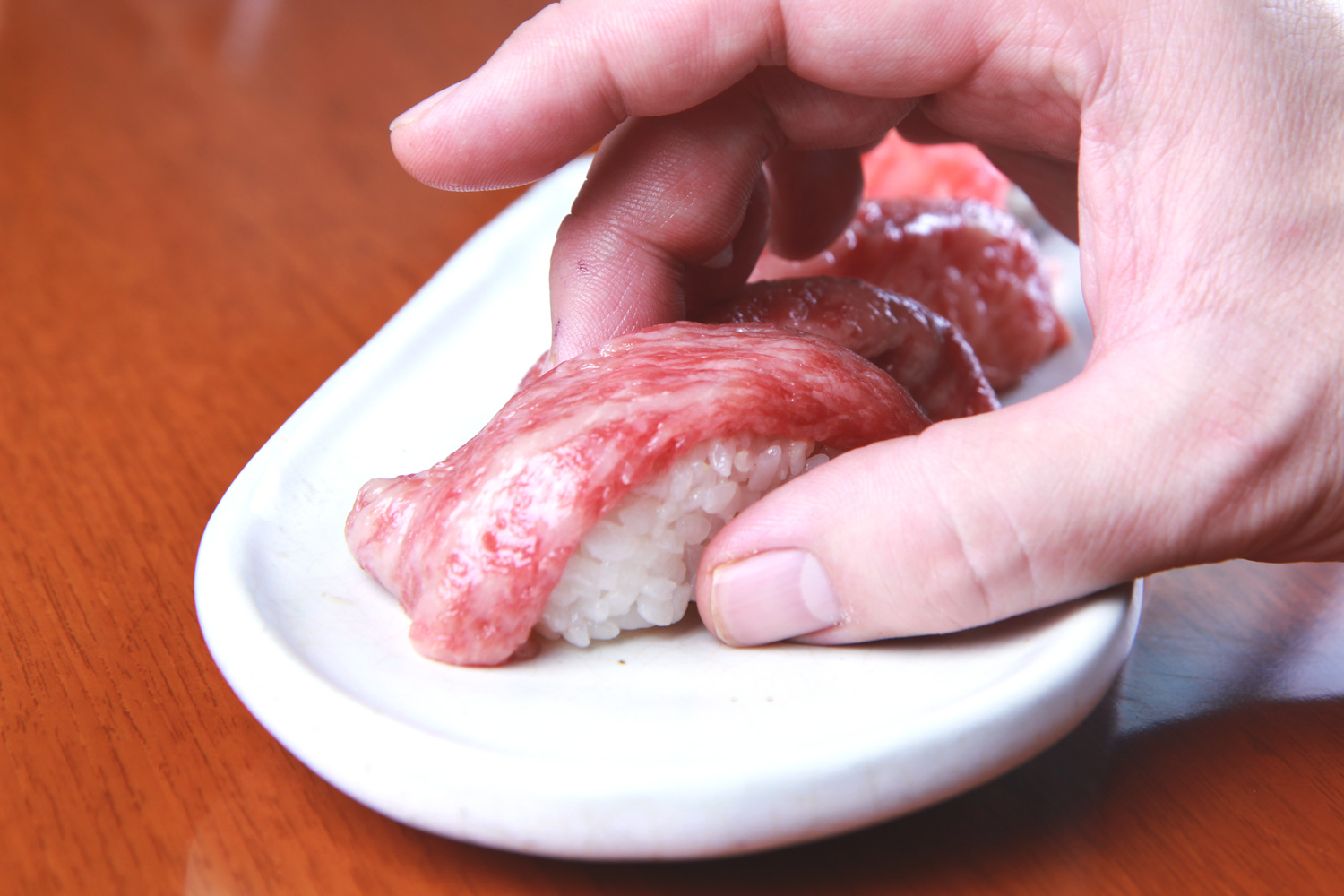Perk Up with 6 Tasteful Malaysian Drinks
Lighten your mood and rejuvenate your senses with 6 must-try Malaysian drinks!
Discover the authentic in Asian cuisine food


Wagyu and Kobe beef are maybe the 2 most famous types of meat in the world. They’re extremely delicious, extremely fatty and super tender, and people all over the world pay hundreds of dollars for the chance to eat them.
But while most carnivores could tell you that Wagyu and Kobe are both types of Japanese beef, few could tell you more than that. We’re here to tell you the difference, and a little more about them.
The first surprise is that there is no difference between them! Just like champagne is a type of sparkling wine, Kobe is a type of wagyu. And just like champagne, Kobe beef can only be labelled as such if it comes from cows raised in Japan’s Hyōgo Prefecture according to rules set out by the Kobe Beef Marketing and Distribution Promotion Association.
The 4 varieties of wagyu cattle are:
Japanese Black – Originally raised as work cattle, Japanese Black beef is prized for its intensive marbling.
Japanese Brown – A leaner, healthier breed of cattle, known for its light, mild taste.
Japanese Shorthorn – While also lean, Japanese Shorthorn is rich in inosinic and glutamic acid, highly prized for the savoury flavour they give beef.
Japanese Polled – Similar to Brown and Shorthorn in leanness, Japanese Polled is known for a gamier texture and rich, meaty taste.
But when people refer to Wagyu, they are usually referring to Japanese Black as over 90% of Wagyu beef comes from these cattle.
And of those Japanese Black, only 3,000 head of the Tajima-gyu variety are labelled as Kobe every year. That might sound like a lot, but to put it into perspective, Kobe beef contributes to just 0.06% of beef consumption in Japan.
Like all luxury products, Wagyu and Kobe have to pass stringent quality controls, called a grading system. Wagyu is given a letter grade (A through C) for yield and a number grade (1 through 5) for quality in:
YIELD GRADE
Basically how much meat one cow carcass produces.
Grade A: Above standard
Grade B: Standard
Grade C: Below standard
QUALITY GRADE
Wagyu beef quality is judged on:
• The thin strips or flecks of fat( marbling)
• The colour and brightness of the beef
• Firmness and texture
• The colour, lustre and quality of the fat.
The beef is assigned a number grade from 1-5 for each of the categories.
Pretty simple right? Now it gets a bit more complicated.
Time to introduce the Beef Marble Score (BMS). The BMS allows the distinct marbling of the beef to be graded to an even finer degree of accuracy and is given a number grade of 1-12.
5: Excellent 8 – 12
4: Good 5 – 7
3: Average 3 – 4
2: Below average 2
1: Poor 1
The best score that can be obtained is A5, and within that A5-12, the latter being extremely rare.
When the goal is to produce incredibly tender and fatty beef, a lot has to go into the raising of the cows, and the rumours about Wagyu beef husbandry abound. Farmers are said to massage, sing to and even serve up ice cold beer for the revered animals.
While there’s not a lot of supporting evidence to back these rumours up, Wagyu cattle are definitely raised in luxurious fashion, with specifically tailored diets and lifestyles. Slaughtered at three years old (eighteen months longer than traditional techniques), the extended lifespan of the Wagyu herd makes the production process an expensive one, to say the least.
Kobe beef cows are even luxuriously cared for and have to tick even more boxes than other Wagyu cattle. It must be of pure-breed Tajima-gyu lineage, be a steer or virgin cow, and have been born and raised in the Hyōgo Prefecture.
During its life, it must have been fed only grains and grasses from within the Prefecture, and upon its death, be processed in approved slaughterhouses in Hyōgo, AND have a gross carcass weight of 470kg or less.
And unlike simple Wagyu, Kobe beef must achieve the highest grades of A4 or A5 and have a Beef Marbling Score of 6 or above.
Kobe beef will forever be a product unique to Japan, but Wagyu beef is now being produced all over the world, including Australia.
The Australian Wagyu Association is the largest breed association outside Japan. Both fullblood and Wagyu-cross cattle are farmed in Australia and their beef is exported all over the world. Taiwan, China, Hong Kong, Singapore, Malaysia, Indonesia, the U.K., France, Germany, Denmark and the U.S are just some of the nations eating Australian Wagyu.
Hopefully, you’ve got an insight into some of the world’s most expensive beef! Next time you’re at your butcher, you’ll be able to order the best with confidence.

Lighten your mood and rejuvenate your senses with 6 must-try Malaysian drinks!

Pair your hearty barbecues with these refreshing Asian delights!

What are the properties of ginger, and how to pick, store and use ginger in your cooking? Find out here!